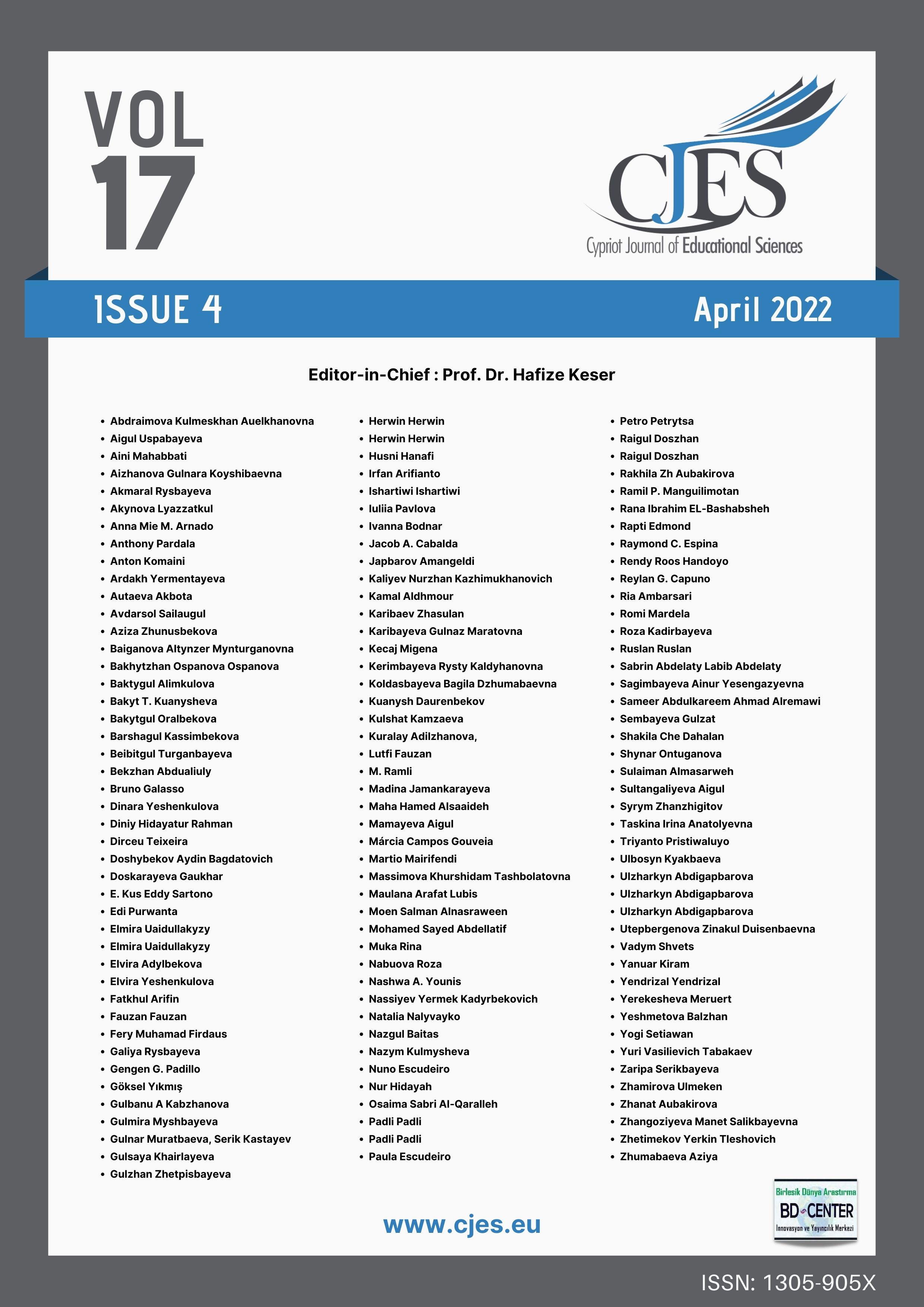Inclusive MOOC – educational content for deaf people, a Portuguese proof of concept
Main Article Content
Abstract
The communication gap between deaf and non-deaf communities arises due to the use of distinct mother languages. A deaf student, who used to communicate in sign language, cannot read fluently materials written in spoken language. This fact causes serious difficulties to deaf students since most didactic materials in higher education are available exclusively in spoken languages. In this paper, we propose a pedagogical model to deliver educational materials in sign language aiming to provide deaf students the same conditions to succeed as the others, i.e., didactical materials available in one’s mother language. Our approach involves the integration of automatic translation technology between spoken and sign language pairs into MOOCs. As a proof of concept, we used this methodology to design a course addressing digital literacy for schoolteachers. The evaluation of the inclusive MOOC and its underlying model reveals its potential, even though further improvements are required, especially regarding evaluation and usability features.
Keywords: educational content; inclusive MOOC, pedagogical model; assistive technology; automatic translator.
Downloads
Article Details

This work is licensed under a Creative Commons Attribution 4.0 International License.
Cypriot Journal of Educational Sciences is an Open Access Journal. The copyright holder is the author/s. Licensee Birlesik Dunya Yenilik Arastirma ve Yayincilik Merkezi, North Nicosia, Cyprus. All articles can be downloaded free of charge. Articles published in the Journal are Open-Access articles distributed under a CC-BY license [Attribution 4.0 International (CC BY 4.0)].
Birlesik Dunya Yenilik Arastirma ve Yayincilik Merkezi (BD-Center)is a gold open-access publisher. At the point of publication, all articles from our portfolio of journals are immediately and permanently accessible online free of charge. BD-Center articles are published under the CC-BY license [Attribution 4.0 International (CC BY 4.0)], which permits unrestricted use, distribution, and reproduction in any medium, provided the original authors and the source are credited.

